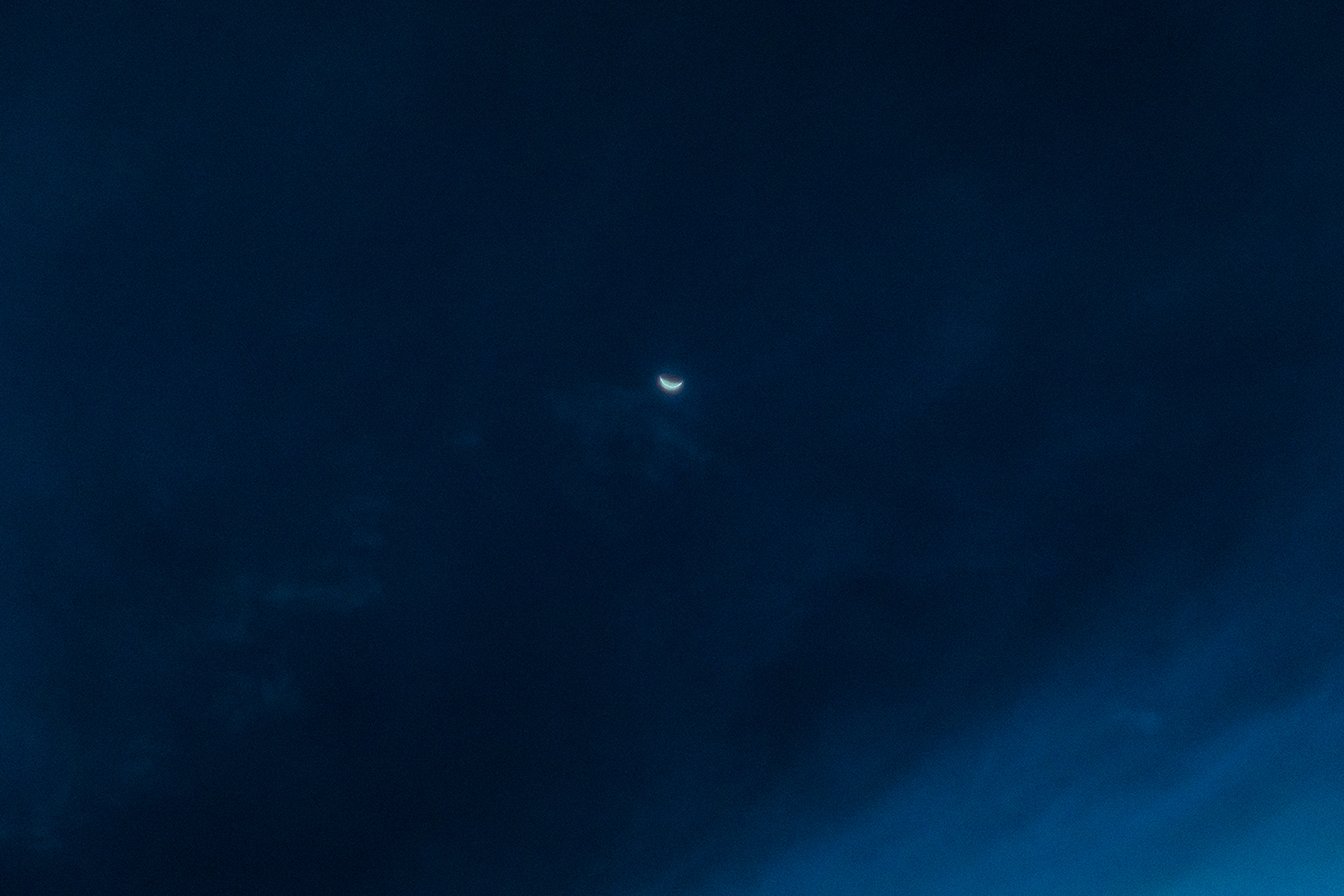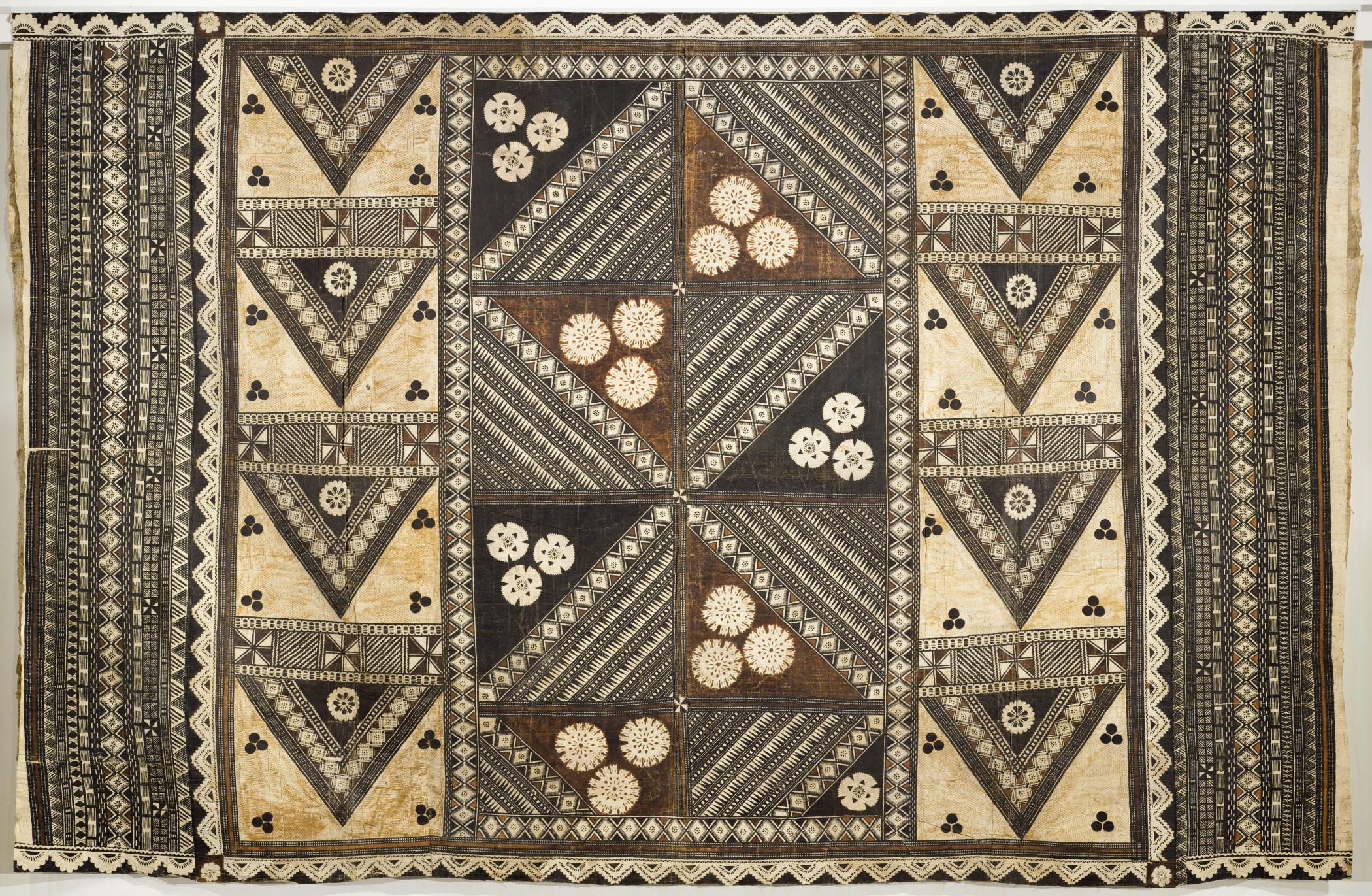The Legend of HINA

Hina had a brother, Ru, and they were very close. Ru was curious and fearless, and Hina was gentle and fair.
They came from a lineage of founding heroes and had all the qualities of their rank.
Hina was renowned for her very fine tapa cloth, made from the beaten bark of « tumu uru »,
the breadfruit tree, and Ru was renowned for his agility and navigational skills.
One day, driven by his curiosity, Ru decided to travel the world created by Ta’aroa,
God of Creation, in order to know its limits. Hina, could not think of being
separated from her brother, decided to go with him.
Together, they did all the preparations for the trip, including their canoe.
The preparation of a canoe was a very important step of a voyage, which involved songs,
ceremonies and many treatments. A large mat was woven for the sail, as well as « nape »
(coconut fibers) cords, thin and strong. When all was set, Ru sat in the back to paddle and steer,
and Hina in the front, to set the course and announce the land. They sailed for days, across Polynesia,
discovering the majesty High Islands, feeling the power of Mountains, marveling at the beauty of Lagoons.
Hina was satisfied seeing this harmonious world. In front of so much beauty, she sang for the Earth,
in a pure and crystalline voice. Ru, then, set the limits of the world naming the cardinal points.
« Te Hitia o te ra » for sunrise in the east « Te tooa o te ra » for sunset in the west, « Apato’a »
for the south and « Apatoerau » for the north.
It was on Raiatea Island or « Havaii » that they decided to land.
They lived on this island for some time, but Hina had never quenched her thirst for exploration after
sailing the Polynesian world. Hina was staying on motu Tapu and one evening, she took her canoe,
sailed through the channel « Te ava o Hina », went out to sea to admire the Moon …
The Moon that evening was immense and illuminated the ocean with a magical reflection.
It was a unique spectacle, the most beautiful scenery she had ever witnessed in her long-life of seafarer.
Fascinated, she abandoned her canoe and dove into the reflection of the Moon to disappear in its radiance.

This is how Hina became the Goddess of the Moon from where she continued
to watch over her brother, Ru, and all the navigators, showing them the way at night.
She discovered on the moon « Te tumu Ora », a magnificent banyan tree,
the bark of which she used to beat the finest and most famous tapa cloths.
These fabrics became those of the Gods, and Hina is also the Goddess of Tapa.

One day Hina threw a branch of Ora on Earth, and it landed in Raiatea so they say, and more precisely in Opoa.
This branch had taken root and became a huge tree. Men could in turn make tapa cloth using the
bark of this celestial tree. They were eternally grateful to this meek and compassionate goddess.
On the moon, at the foot of a banyan tree, Hina was there tirelessly making
tapa cloth while watching over men and singing the beauty of the world.
Charmed by her grace, an « ‘u’upa » , gray green fruit dove, became her messenger to communicate with mankind.
Even though Hina ascended all the way up the moon she was still guiding and watching over humans…
There were evenings, when the moon was full and bright over the ocean, if you kept silence in your spirit and heart,
you could hear Hina’s song and feel her great lovingkindness over you.

Source rf – ANCIENT TAHITI by Teuira Henry
